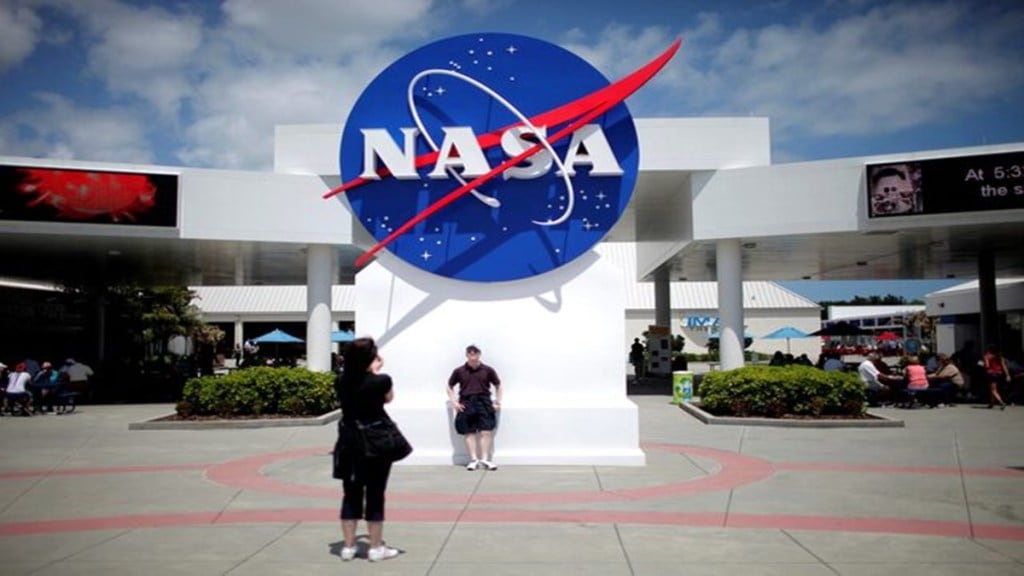The National Aeronautics and Space Agency (NASA) plans to send humans to Mars by 2035. According to the space Agency, sending humans to the red planet or our closest extraterrestrial neighbor by 2035 is what they have planned. As a part of the Artemis program, the agency aims to explore the red planet and look for potential signs of life.
The journey to Mars would take around 6 to 7 months, covering a distance of about 402 million kilometers. Once at Mars, astronauts could then spend as long as up to 500 days on the Martian surface, which is ample time to collect all the necessary information.
This is thus the reason why NASA is so eager to explore Mars. From geological and atmospheric standpoints, Mars is perhaps one of the most interesting planets in our entire solar system. It formed 4.6 billion years ago at roughly the same time our solar system did, and once was much like Earth, having abundant water and a denser atmosphere.
Although it has no liquid water today, the planet still retains ice caps. This ice is exposed at the South Pole during summers because a thin layer of carbon dioxide above melts off. Even though NASA and other organisations have received much information concerning the red planet with the help of robotic missions, much is still unknown.
For the planning of this upcoming mission, NASA has formed a panel called the Human Exploration of Mars Science Analysis Group. This panel has put together recommendations for key questions that need to be explored during human investigations on the planet Mars. The mission could also shed light on the environmental changes that have occurred on the planet over the period of time.
With inputs from AP.

